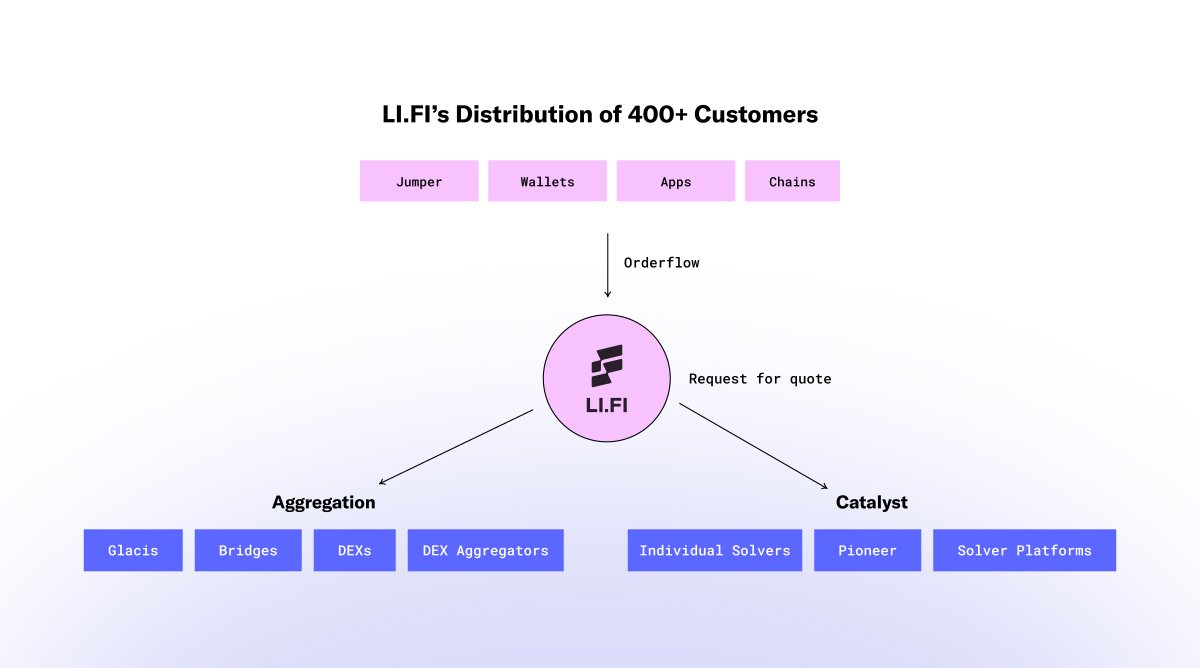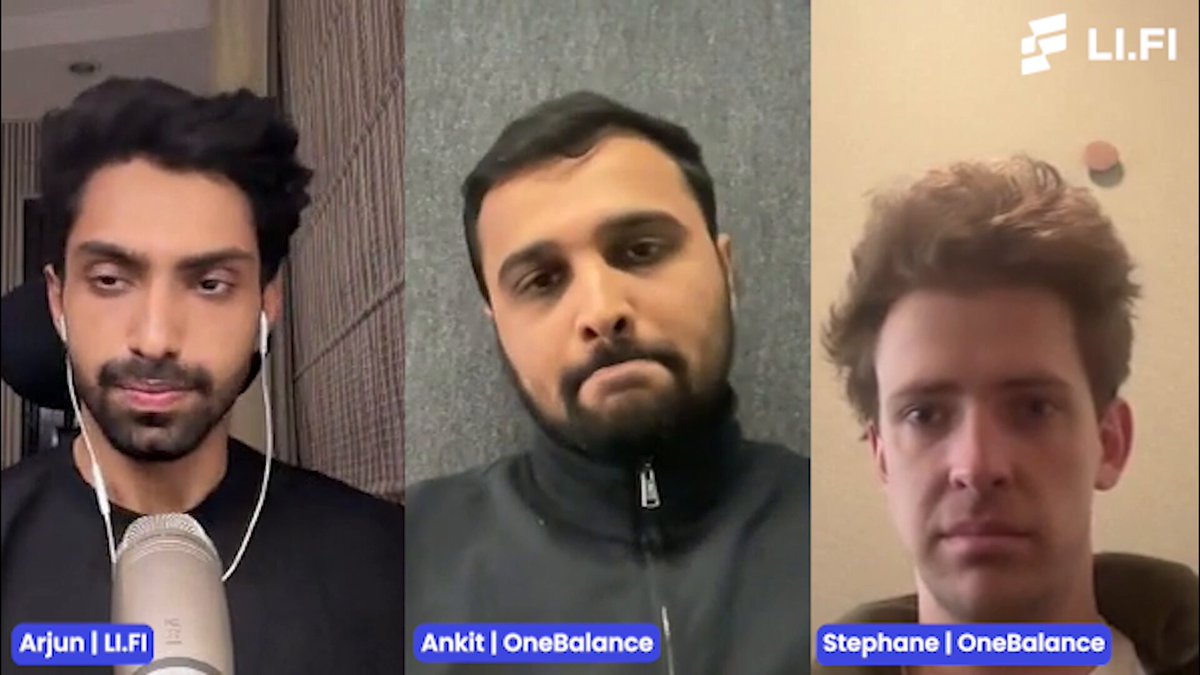As orderflow scaled, we needed more than one way to serve it ⚙️
LI.FI Intents System (prev. Catalyst) introduces a parallel intent system — where solvers compete to fulfill orders.
This is how it fits 👇
As orderflow scaled, we needed more than one way to serve it ⚙️
LI.FI Intents System (prev. Catalyst) introduces a parallel intent system — where solvers compete to fulfill orders.
This is how it fits 👇

Resource Locks 101 ft.
There’s clarity and a few ideas you probably haven’t heard out loud before.
Key timestamps from the episode:
0:00 – Intro & Defining Resource Locks
9:27 – Account-Based vs Escrow-Based Locks
13:13 – UX Benefits: Speed, Cost, and Privacy
14:59 – Solvers, MEV, and Why RLs Matter
18:05 – ERC-7683, Finality, and Standardization
22:28 – Trade-Offs: Trust and Liveness Assumptions
25:52 – Interop Zones, App Adoption & Future of RLs
31:05 – Building with Conviction: OneBalance's Approach
Listen on YouTube ⤵️
Listen on Spotify ⤵️

Security shouldn't be assumed — it should be verifiable 🔒
At LIFI, we publish every audit, document every update, and make it all publicly accessible.
If you’re curious about how we approach security, start here 👇